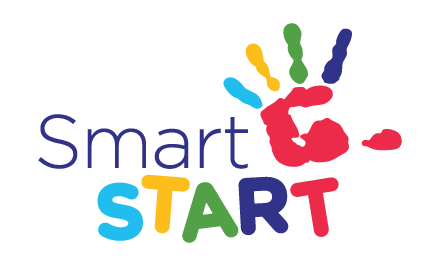Investing in childcare will save the government big dollars in the long run
It is rare that an opportunity presents itself for a Government to save money by spending money. And yet, investment in childcare and early learning offers just such an opportunity. Rather than being a ‘middle class perk’ as Senator David Leyonhjelm recently argued (On Line Opinion 6/7/2015), investing in accessible, affordable and quality childcare opens up the prospect of increasing economic growth through the productivity gains from increased workforce participation.
As our population ages and our employment to population ratio falls, Australia needs to take every opportunity we have to build the workforce of the future.
We have one of the highest levels of education of women in the world, but one of the lowest levels of female workforce participation. In fact, for mums with children under three, we have the absolute lowest level of workforce participation in the OECD. Surely that is an opportunity.
We also have an unacceptably high level of youth unemployment related to declining levels of high school literacy and numeracy as measured by OECD’s PISA testing. That too is an opportunity.
Investing in accessible, affordable and quality childcare can help address both. Nobel Prize winning economist James Heckmandescribes it as the one of the best value investments that a Government can make.
In the short term, increasing women’s workforce participation increases the pool of qualified labour and the overall productivity of the workforce. That generates a broader economic benefitfor the nation. In the Canadian province of Quebec, an initiative to cap the cost of childcare at $5 a day through generous subsidies encouraged over 70,000 women to return to work. And economic analysisshows that for every $1 the government paid in subsidies, it raised an extra $1.52 in extra taxes and reduced benefits.
In the longer term, giving more children access to quality early learning means more children starting school ready to learn, and more children finishing school ready to work. The return to Government on this sort of investment can, according to Heckman, be as high as 7 to 1.
As Microsoft founder Bill Gates, a philanthropic investor in early learning puts it:
“When underprivileged children show up for the first day of school, they’re often already behind—and when kids start behind, they usually stay behind. That’s why we should help our kids start learning before they even get to school.”
Last September, the Bill and Melinda Gates Foundation released the resultsof three years of on the ground research in Washington State concluding that high quality early learning makes a significant difference to the school readiness of children from disadvantaged backgrounds. A long running studyof English school children has come to a similar view, as have many other studies from around the world.
The Australian Educational Development Census, which tests the school readiness of all Australian children in their first year of school, found that 22 per cent of children were starting school developmentally vulnerable. While children from the poorest quintile were twice as likely to be developmentally vulnerable as children from the richest quintile, they were fairly evenly spread across middle incomes groups (PC report p. 160). This highlights that access to quality early learning is important across all income groups, not just the poor. The censusalso found that children who had attended preschool were a third less likely to start school developmentally vulnerable compared to children who didn’t.
All of which points to why it is so important to Australia’s future that our Governments continue to support access to affordable, quality childcare and early learning. Modelling by PWCfound that the longer term benefit to Australia could be as high as $30 billion,while last year’s Productivity Commission Inquiry draft reportforecast short term economic benefits of $5.5 billion from workforce participation effects alone.
The Abbott Government’s $4.4 billion Childcare Package is vital to improving childcare affordability for low and middle income working families, giving parents more choice about workforce participation and more children access to early learning. The package isn’t perfect, particularly in reducing access for many children from single income and non-working families. Hopefully, these flaws will be addressed when the Parliament fully considers the package.
Also important is the commitment of the Federal and all State and Territory Governments to rolling out the National Quality Framework reforms to raise the quality of early learning and childcare. This is an important piece of microeconomic reform that will improve the overall effectiveness of the education system and improve Australia’s human capital formation.
Childcare and early learning should not be seen as a cost for government or a middle class perk. The entire country benefits from the economic and productivity gains that well targeted investment in the early years can deliver. As “The Economist” noted in its 2012 benchmarking studyof early learning that rated Australia as a dismal 28th out of 45 countries just behind Greece:
“As countries transition towards knowledge– based economies, policy makers need to consider what can be done to develop their stock of human capital… Those countries that do this best will position themselves well for success in the decades ahead.”
About the Author
John Cherry is a former Senator for Queensland (2001-5), economist and journalist. He is currently the Advocacy Manager for Goodstart Early Learning, Australia’s largest not for profits provider of early learning and care. This article reflects his personal views and not necessarily the views of Goodstart Early Learning.
Article first published in Online Opinion.
